Largeflower milkweed
Largeflower milkweed (Asclepias connivens ) is a perennial wildflower found throughout much of Florida. Its conspicuous flowers appear in late spring through summer in moist pine flatwoods, savannahs and bogs.
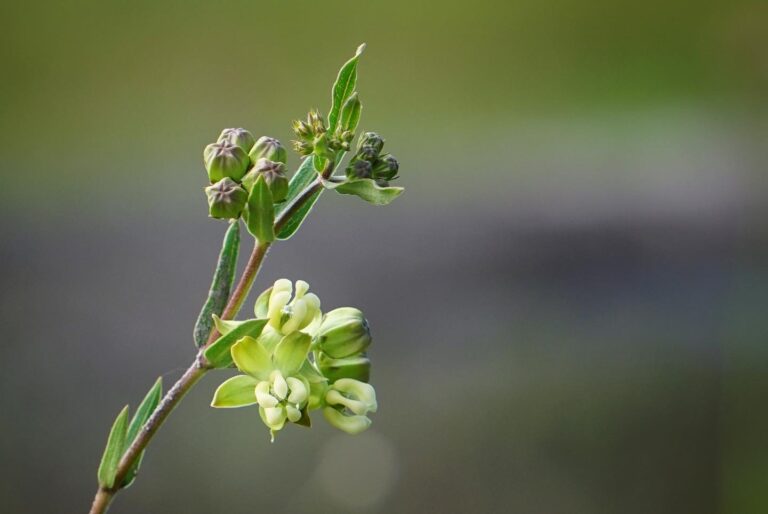
Largeflower milkweed (Asclepias connivens ) is a perennial wildflower found throughout much of Florida. Its conspicuous flowers appear in late spring through summer in moist pine flatwoods, savannahs and bogs.
Southern milkweed (Asclepias viridula) is a rare, state-threatened wildflower found in wet prairies, flatwoods and bogs.
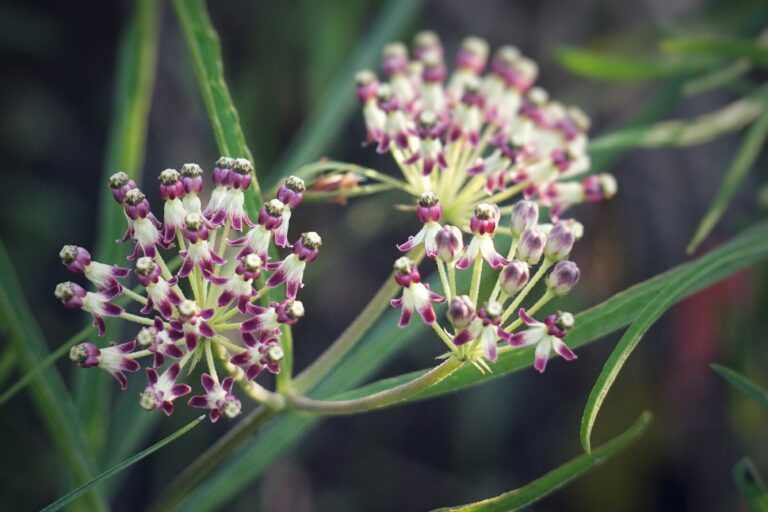
Longleaf milkweed (Asclepias longifolia ) is a deciduous perennial wildflower that occurs naturally in bogs, moist to wet flatwoods and prairies. It typically blooms in spring but may bloom well into summer or early fall.
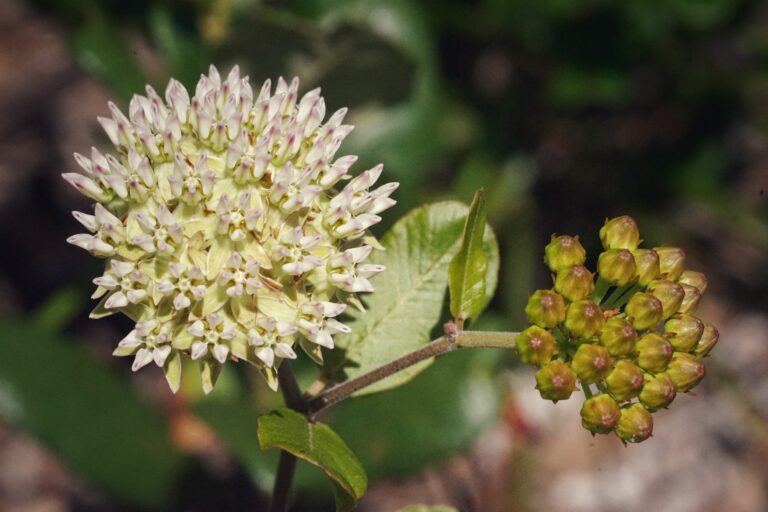
Curtiss’ milkweed (Asclepias curtissii) is a long-lived and somewhat mysterious milkweed endemic to the Florida scrub.
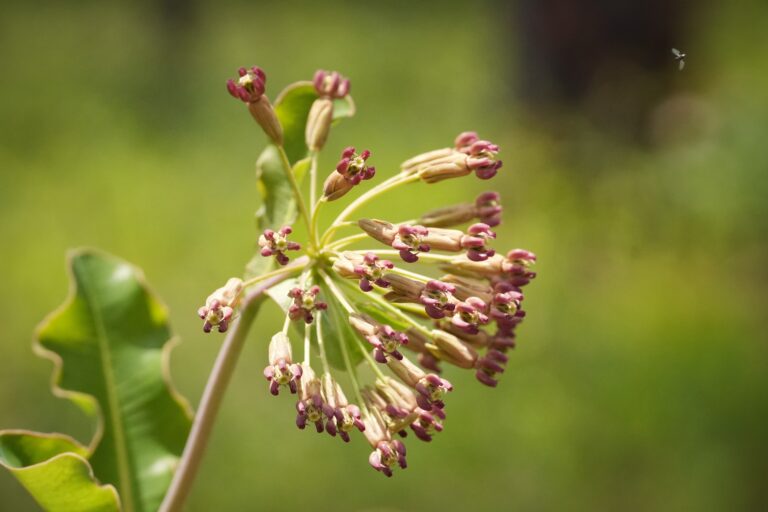
Clasping milkweed (Asclepias amplexicaulis) is a late spring- through summer- blooming milkweed that occurs in dry sandy areas from sandhills to pine savannahs, open woodlands and fallow fields.
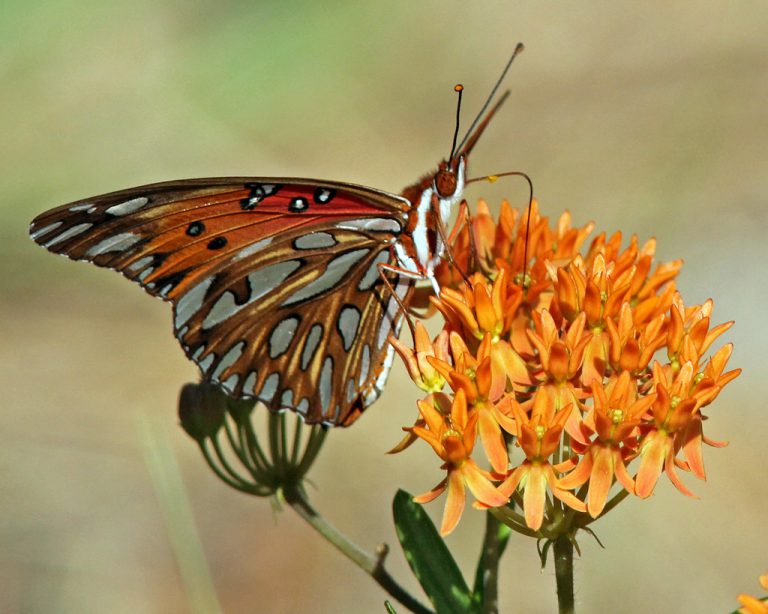
Of the 22 milkweed species that occur in Florida, all but one are native. Our native milkweeds bloom mainly in spring or summer; however, in summer, only four of them are common. Do you know which milkweeds to look for?
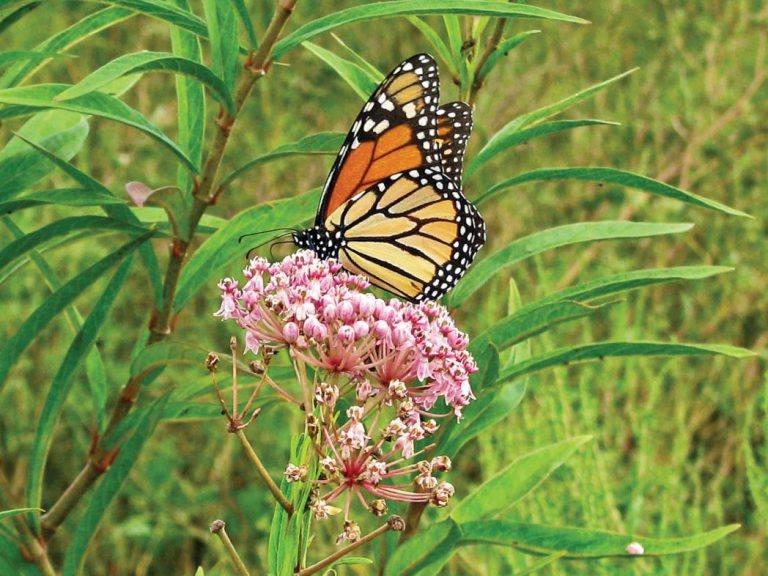
Tropical milkweed can enable monarchs to continue breeding well into fall and winter, causing populations to persist longer in certain areas than they naturally would. Unfortunately, this can foster higher than normal infection rates by a lethal protozoan parasite.
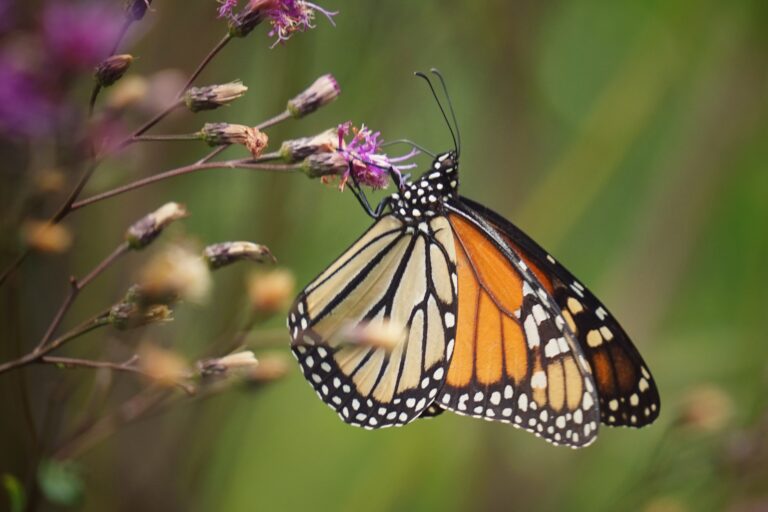
Learn about Monarch butterflies in Florida and the best ways to support them.
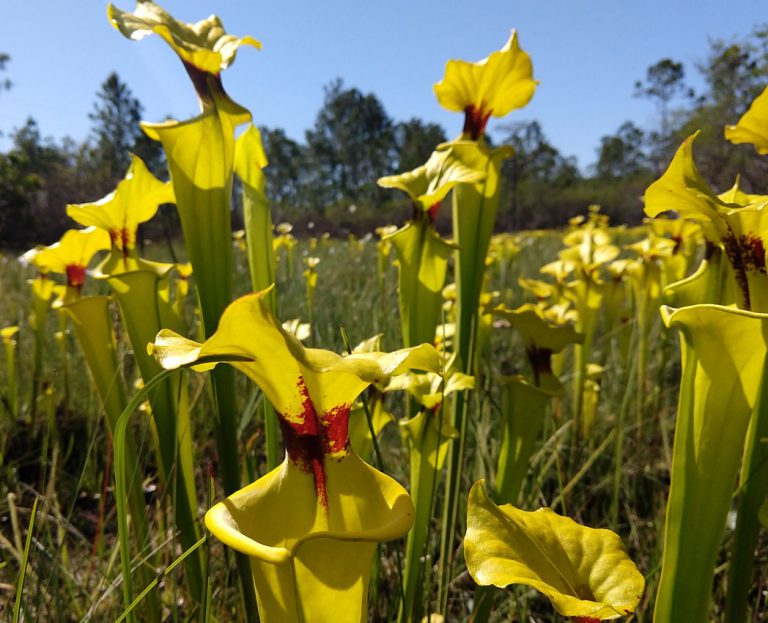
The Panhandle Wildflower Alliance’s Fall 2019 newsletter features updates about new wildflower programs, where to see wildflowers in bloom, and much more.
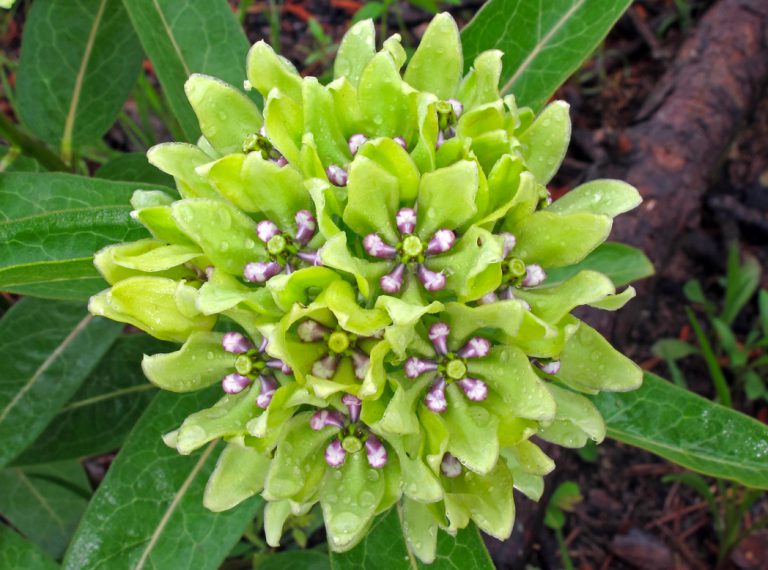
This bloom report covers summer 2019. Find a list of showy South Florida wildflowers to keep an eye out for.
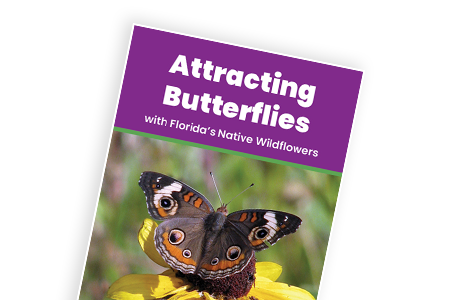
You can help provide food and habitat for Florida’s butterflies by landscaping with native wildflowers. Learn more now. Versión en español disponible.
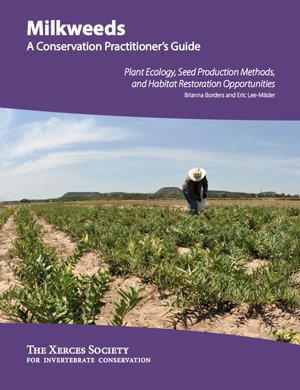
The monarch’s population decline has caused great concern in the last few years. The Xerces Society’s insight into factors that influence monarch butterfly populations has pointed to many things.